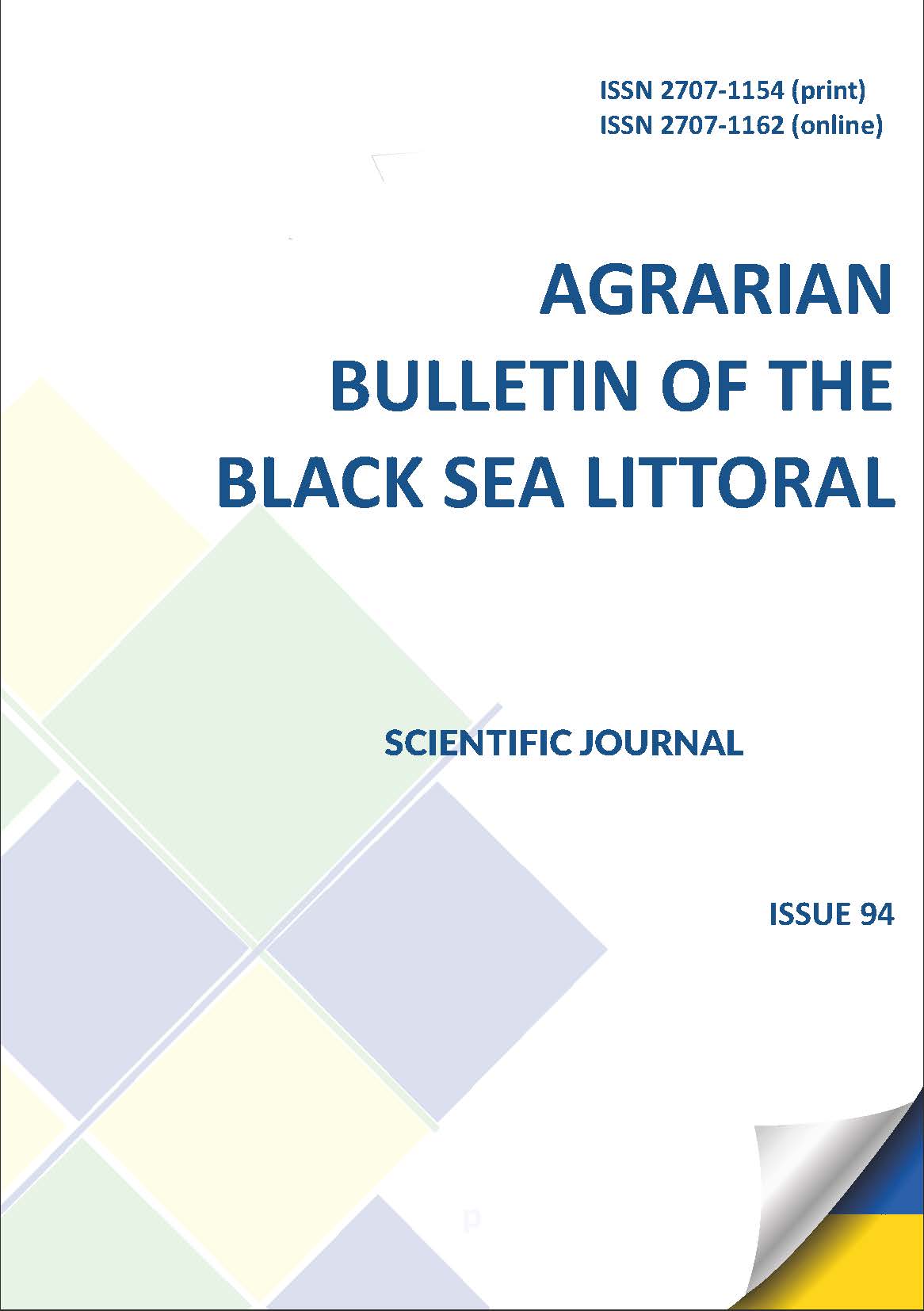THE ENERGY EFFICIENCY TECHNIQUE OF THERMAL PROCESSING OF GRAIN
DOI:
https://doi.org/10.37000/abbsl.2019.94.23Keywords:
energy efficiency, heat pipe, microwave energy, grain, germination, presowing treatment.Abstract
The methods of energy efficiency increasing of pre- and post-harvest thermal processing of grain are considered. The effective ways to deliver energy to the grain using heat pipes and microwave field are given. The effect of combined action of microwave and low-frequency radiation on the grain germination is shown. Currently, the intensification of technological processes under the influence of microwave radiation is used in many industrial processes. Microwave equipment is becoming a necessary technological component of large profitable industries. The process of drying is no exception. In recent years, new versions of dryers have been proposed that use combined methods of energy supply, including microwave energy. Microwave dryers for foodstuffs, grains and oilseeds, including those for seed stock, have been created and are beginning to be used, along with drying and disinfection, disinfection of drying products from harmful bacteria, fungi, and mildew. For the implementation of microwave drying of particular importance is the choice of regime parameters of drying, given the fact that the grain is a biologically active object. Microwave drying allows you to provide a powerful flow of energy to the object of drying and to obtain a significant intensification of moisture evaporation. But at the same time there is also an intense heating of the product, which can degrade its quality. The possibility of supplying energy throughout the cross section of the product allows for the evaporation of moisture from the inner layers of the product, which is especially important at the end of drying, when the zone of evaporation of moisture is significantly deeper. Therefore, the highest drying efficiency can be obtained in combined processes that take advantage of various drying methods, such as convective, as well as the use of microwave and low-frequency magnetic fields. The paper presents effective ways to supply energy to the grain using heat pipes and a microwave field. The effect of the combined action of microwave and low-frequency radiation on grain similarity is shown. Ways to improve the energy efficiency of the processes of preseeding and post-harvest heat treatment of grain are considered.
References
2. Калинин Л.Г., Панченко Г.И., Орлова С.С. Сравнительные характеристики микроволновой и низкочастотной магнитной обработки семян перед посевом // Хранение и переработка зерна. – 2004, № 5, с. 25-27.
3. Калінін Л.Г., Орлова С.С., Методика оцінки режимних параметрів мікрохвильової обробки сипких систем // Хранение и переработка зерна, 2004, № 8. С. 34-36.
4. Калінін Л.Г., Малиновський В.В., Орлова С.С. Експлуатаційні показники мікрохвильового пристрою “Мікростім-2” для передпосівної обробки насіння // Наукові праці ОНАХТ. Одеса: 2004, вип. 27. с. 265-268.
5. Калінін Л.Г., Орлова С.С. Облік нерівномірності розподілу електромагнітного поля в апараті для мікрохвильової обробки зерна // Зернові продукти і комбікорми. 2005, № 2, с. 48-50.
6. Орлова С.С. Мікрохвильова обробка зерна під час руху у віброканалі. Автореф. канд. техн. Наук. – Одеса, ОНАХТ, 2006. – 18 с.


